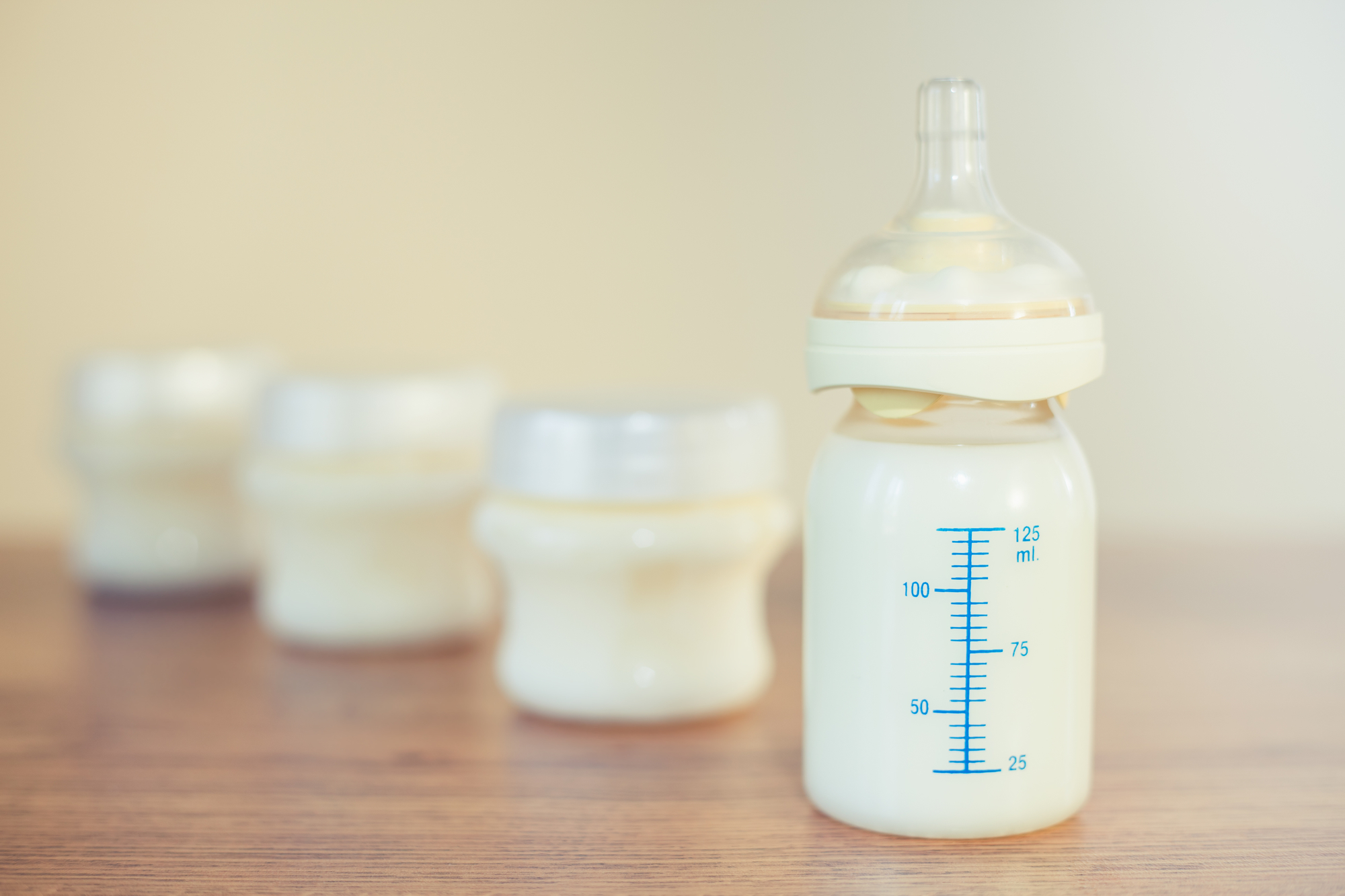How To Recognize A Cow’s Milk Allergy, And The Risk Of Reaction
There are many food items that represent a challenge to consume for some susceptible individuals. This is especially true for infants and children who have developing digestive systems and – often – more allergies to common foods. If your child is allergic to cows’ milk, for example, then it is important that you identify this condition before too long. More than just a source of irritation, a cows’ milk allergy can be a potentially life-threatening condition.

As a parent, you need to closely gauge whether your child has difficulties in consuming certain foods. Knowing the signs of a cows’ milk allergy and some of the risks involved with such a condition are points of information that all parents need to be aware of.
Let’s look at some of the signs to look out for to catch a cows’ milk allergy early and explore some of the risks that may arise if you do not take action.
Spot A Cows’ Milk Allergy In Your Child
If you want to keep an eye on the health of your child and ensure that their diet is not causing them problems, then learn to spot the common signs of a cows’ milk allergy. These can include difficulty with breathing, or even wheezing, tightness in the airway or throat more generally, vomiting and other gastrointestinal symptoms. If your child consumes milk with such a condition, they will also likely display other classic allergy symptoms such as developing hives, having watery and itchy eyes, and experiencing a drop in their blood pressure. These are the common baby lactose intolerance symptoms, which occur because the body is unable to produce enough lactase to digest the consumed one. In the case of food intolerance, there is no immune system response and there are difficulties with digestion whenever a certain type of food appears in the stomach.
Spotting these symptoms in your child will likely raise your blood pressure, so be sure to get in touch with an emergency room or family doctor as soon as possible. Doctors will be able to conduct several tests to determine the source of your child’s symptoms. These tests include a blood and stool test and a skin prick test. They may also suggest that you experiment with leaving milk-based foods out of your child’s diet to see if the condition improves afterwards.
For those with serious allergies, you may be referred to a specialist for further assessment. It is also important to keep milk-based products out of your child’s diet to keep them safe. This includes milk chocolate, butter, cheese, ice cream, yoghurt, and even whey, which is found in many food items as an ingredient.
The Risks Of Cows’ Milk Allergies
Cows’ milk allergies are not merely dietary distaste or a minor irritation for your child. The risks of failing to identify a milk allergy in your child can potentially lead to some seriously problematic effects. While not every child will react the same way to consuming milk if they are allergic to it, many will display symptoms of wheezing, vomiting, hives and gastrointestinal distress. Of course, a severe cows’ milk allergy can also cause anaphylaxis in your child. This is a life-threatening situation and needs to be addressed immediately.
Discuss Cows’ Milk Allergy With Your Doctor
After reading about these risks, you may have your blood pressure up about whether or not your child has a cows’ milk allergy. Be reassured in the fact that they are usually fairly easy to identify in children if you make sure to consider your child’s needs with compassion and care.
If there is any uncertainty in your mind or if you simply are not sure, then be sure to contact your family physician to learn more. They will be able to run more significant tests to determine if a milk allergy is the source of your child’s symptoms.
